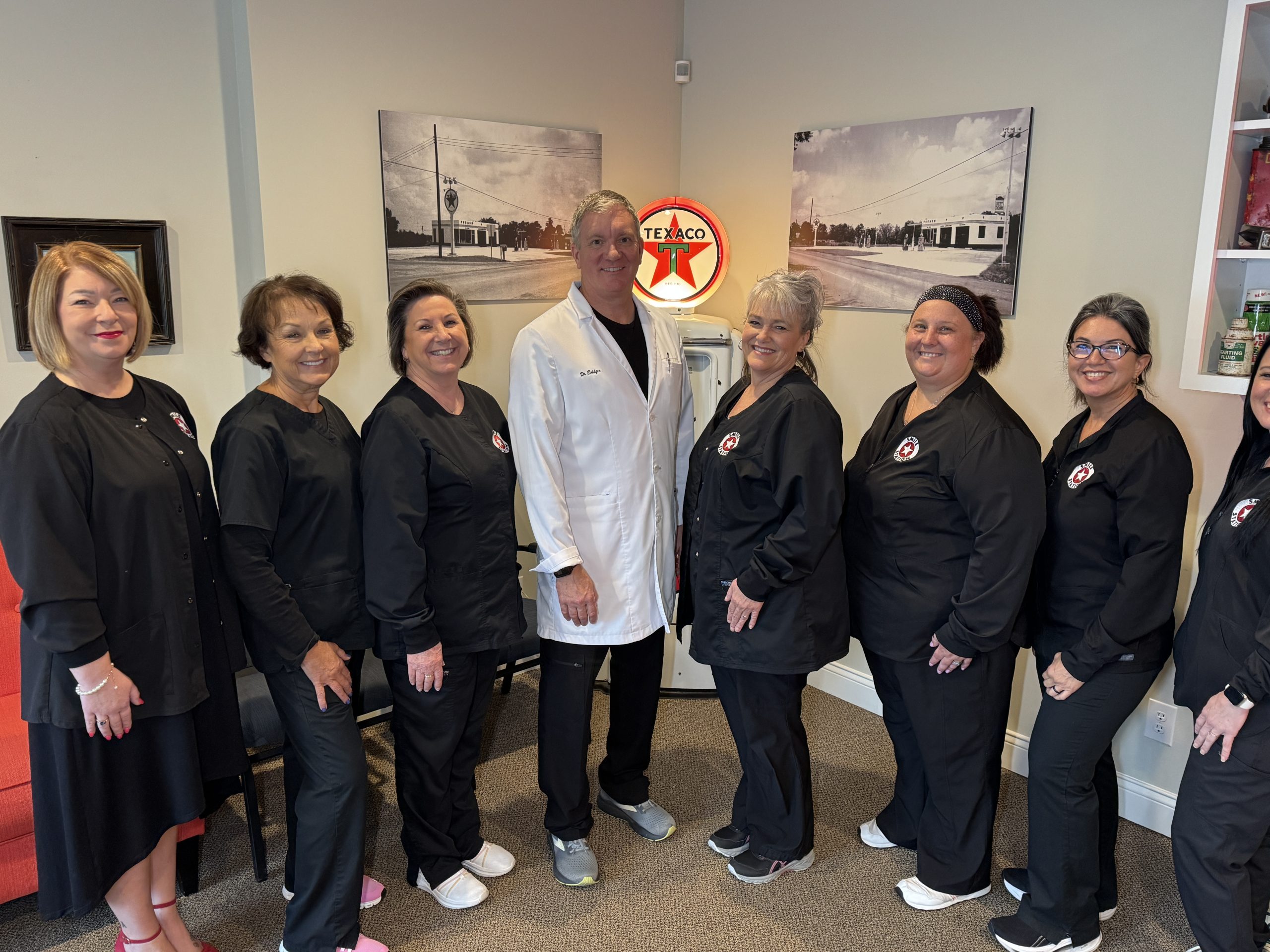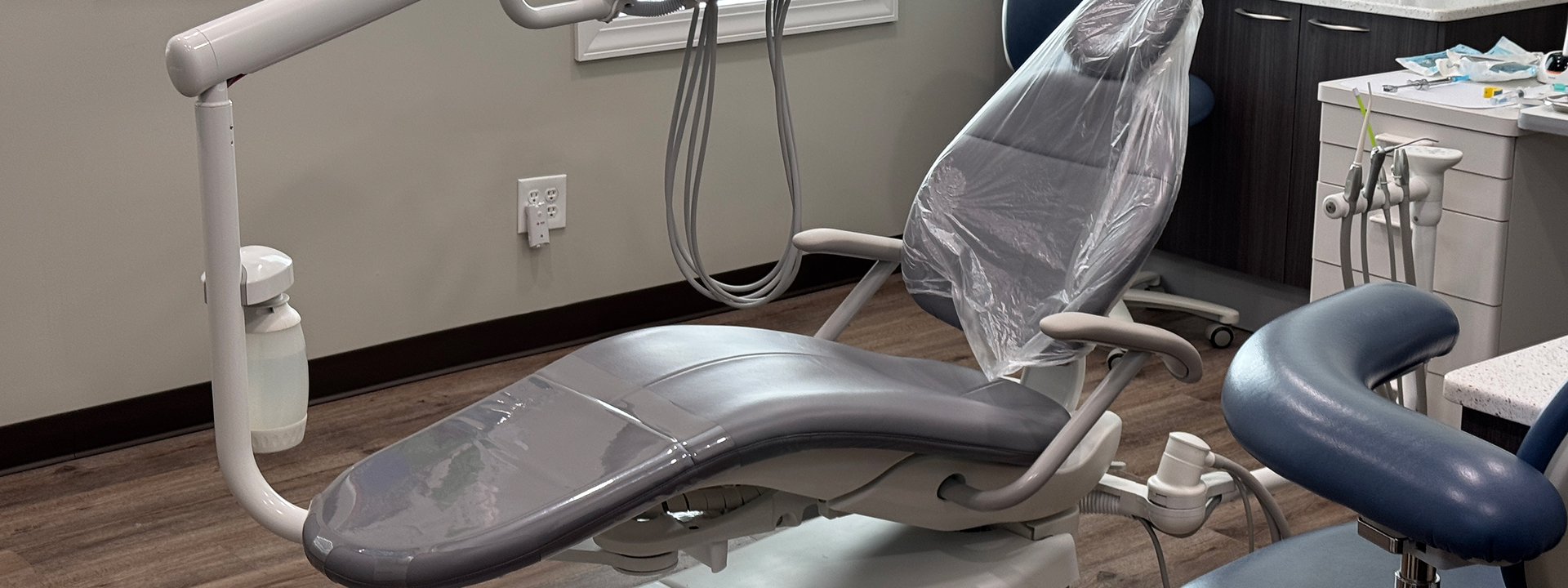Sedation Dentistry in Paducah, KY
Sedation dentistry helps patients manage anxiety, reduce discomfort, and complete necessary treatment safely. In Paducah and throughout Western Kentucky, dentists follow evidence-based protocols aligned with the American Dental Association (ADA) and the American Academy of Pediatric Dentistry (AAPD). This guide explains how sedation works, when it is used, available options, safety practices, pediatric considerations, how to prepare, what recovery looks like, and a community overview for residents in Paducah, Lone Oak, Reidland, Hendron, and nearby areas.
Key Takeaways (TL;DR)
- Four sedation levels: Minimal (nitrous oxide), moderate (oral/IV), deep, and general anesthesia—matched to your health and procedure complexity.
- Strong safety record: Dentists follow ADA/AAPD guidance for medical screening, dosing, continuous monitoring, and emergency readiness.
- Great for anxiety & long visits: Sedation can make multiple fillings, implant surgery, or extensive restorations more comfortable and efficient.
- Recovery varies: Nitrous oxide wears off quickly; oral/IV sedation usually requires a ride home and same-day rest.
- Local access: Residents in Paducah, Lone Oak, Reidland, and Hendron have nearby options, with hospital partnerships available for advanced cases.
What Is Sedation Dentistry?
Sedation dentistry uses carefully selected medications to help patients feel calm and comfortable during dental care. Unlike general anesthesia—which induces unconsciousness—most dental sedation keeps patients awake but deeply relaxed and able to respond to verbal cues. Local anesthesia is typically used alongside sedation to numb the treatment area.
The Sedation Continuum
Dentists describe sedation on a continuum from minimal relaxation through deep sedation to general anesthesia. The appropriate level depends on your health status, anxiety level, and the procedure’s complexity.
| Level | Description | Awareness | Typical Use Cases |
|---|---|---|---|
| Minimal | Light relaxation (often nitrous oxide) | Awake & responsive | Routine care with mild anxiety |
| Moderate | Sleep-like calm; reduced memory of visit | Responsive to verbal cues | Fillings, crowns, longer procedures |
| Deep | Very relaxed; may need repeated stimulation | Minimal response | Complex treatment or oral surgery |
| General Anesthesia | Fully unconscious | No awareness | Hospital/OR settings for select cases |
How Sedation Works
- Nitrous oxide: Inhaled through a nasal mask; adjustable during care; effects wear off within minutes.
- Oral conscious sedation: A prescribed pill (e.g., diazepam or triazolam) taken before the visit for deeper relaxation.
- IV sedation: Medications (e.g., midazolam) delivered intravenously for rapid onset and precise control.
- General anesthesia: Reserved for specific cases in hospital or surgical settings under an anesthesia team.
Local context: In Paducah and nearby Lone Oak, Reidland, and Hendron, modern sedation options support longer or complex procedures without traveling to larger cities; hospital partners are available when advanced resources are necessary.
When Is Sedation Used?
Sedation isn’t limited to oral surgery. Dentists in Paducah, use it whenever anxiety, medical considerations, or procedure length could make treatment difficult. The aim is consistent: safe, efficient care with less stress.
Common Reasons
- Dental anxiety or phobia
- Strong gag reflex or low pain threshold
- Lengthy or complex treatment plans (e.g., implants, multiple restorations)
- Special needs or sensory sensitivities
- Emergency care requiring calm, controlled conditions
Safety Screening
- ASA Physical Status (I–VI) review
- Medication & allergy screening for interactions
- Fasting instructions (typical: solids ≈6–8 hours; clear liquids per protocol for oral/IV)
- Informed consent covering benefits, risks, and alternatives
Monitoring equipment such as pulse oximetry, blood pressure cuffs, and oxygen supply remains chairside in accordance with ADA and AAPD recommendations.
Types of Sedation & How They Work
Different methods are chosen based on health status, anxiety level, and procedural complexity. Below is a concise overview with practical notes.
1) Nitrous Oxide (“Laughing Gas”)
Type: Minimal sedation. A blend of oxygen and nitrous oxide is inhaled through a small nasal mask. It provides fast, adjustable relaxation without inducing sleep; most patients can resume normal activities shortly after treatment.
- Benefits: Adjustable, rapid recovery, suitable for children and adults.
- Common uses: Mild anxiety, short visits, hygiene or single restorations.
2) Oral Conscious Sedation
Type: Moderate sedation. A prescribed pill taken before the appointment promotes deep relaxation while maintaining responsiveness. An escort is required, and fasting instructions typically apply.
- Benefits: Simple, cost-effective, ideal for anxious patients.
- Limitations: Recovery time varies; no driving until the next day in many cases.
- Common uses: Multiple fillings, crowns, or longer restorative visits.
3) IV Sedation
Type: Moderate to deep sedation. Intravenous delivery provides rapid onset and precise control. Patients are semi-conscious and often remember little of the visit. Continuous monitoring is standard.
- Benefits: Precise titration, quick onset, suitable for complex/long procedures.
- Common uses: Implants, surgical extractions, full-mouth rehabilitation phases.
4) General Anesthesia
Type: Deep sedation with complete unconsciousness. Administered in hospital or surgical settings by an anesthesia team. Airway support and hospital-grade monitoring are required.
- Benefits: No awareness of the procedure; essential for patients who cannot tolerate movement or awareness.
- Common uses: Extensive oral surgery, certain pediatric/special-needs cases, multi-phase procedures.
Safety Standards
When performed by qualified dental professionals, sedation dentistry is considered very safe for adults and children. Protocols from the ADA and AAPD emphasize proper screening, dosing, monitoring, and emergency preparedness.
The Safety Foundation
- Comprehensive health, allergy, and medication review
- ASA status assessment and fasting confirmation
- Baseline vital signs, written informed consent
Continuous Monitoring
- Oxygen saturation (SpO₂), heart rate/rhythm, blood pressure
- Breathing rate and responsiveness checks at intervals
- Emergency equipment on site, including oxygen, suction, AED, and reversal agents (e.g., flumazenil for benzodiazepines; naloxone for opioids)
Trained Teams & Rescue Readiness
- Basic/Advanced Cardiac Life Support (BLS/ACLS)
- Pediatric Advanced Life Support (PALS) when treating children
- Routine emergency drills and documented readiness
Sedation Dentistry for Children
Pediatric sedation supports comfort and cooperation for young patients with anxiety, extensive treatment needs, or sensory sensitivities. Under AAPD and ADA guidance, child-appropriate doses and monitoring are used, with caregivers present before and after the visit.
Why It’s Used
- Reduce fear and build positive early experiences
- Allow multiple restorations or extractions in one visit
- Support children with a strong gag reflex or developmental differences
Options for Children
- Nitrous Oxide: Mild relaxation; rapid recovery.
- Oral Sedation: Liquid or pill (e.g., midazolam) for moderate anxiety or longer visits.
- IV/General Anesthesia: For complex or extensive care in appropriately equipped facilities.
Parent Preparation & Aftercare
- Follow fasting and medication instructions exactly.
- Bring a comfort item; plan supervision for the rest of the day.
- Expect temporary drowsiness or irritability as medications wear off.
Preparing for a Sedation Appointment
Before Your Visit
- Fasting: Typical guidance is no solid foods for 6–8 hours pre-visit; clear liquids may be allowed up to ~2 hours (confirm with your dentist).
- Medication review: Share all prescriptions, OTCs, and supplements.
- Avoid alcohol/nicotine: These can interfere with sedation and healing; limit caffeine.
Logistics & What to Bring
- Arrange transportation and at-home supervision for oral/IV sedation.
- Wear comfortable clothing; short sleeves aid monitoring.
- Remove contact lenses and jewelry to prevent sensor interference.
- Bring your medication list and completed forms.
Recovery & Aftercare
Immediately After
- Observation until you are alert and stable; discharge instructions go to your escort.
- Nitrous oxide wears off quickly; oral/IV sedation requires same-day rest.
First 24 Hours
- Mild drowsiness, dry mouth, light nausea, or short-term forgetfulness may occur.
- Avoid driving, operating machinery, alcohol, or major decisions.
- Hydrate and choose soft foods until fully alert and comfortable.
When to Call
- Persistent vomiting, severe headache, fever/chills, or shortness of breath
- Prolonged drowsiness beyond 24 hours
- Pain, swelling, or bleeding at an IV site (if applicable)

Community Overview — Comprehensive Dental Care in Paducah and Western Kentucky
Sedation dentistry has become a standard component of comfort-centered care across McCracken County and nearby communities, including Paducah, Lone Oak, Reidland, and Hendron. Many practices offer minimal to moderate sedation in-office, while deep sedation or general anesthesia is available in hospital settings when indicated. This tiered approach ensures the right level of monitoring, accessibility, and safety close to home.
- Who benefits most: Children with dental anxiety, adults with dental phobia, patients undergoing implants or full restorations, and individuals with sensory or medical considerations.
- How safety is maintained: Ongoing BLS/ACLS certification, calibrated monitoring equipment, documented emergency drills, and adherence to state and national protocols.
- Local highlights often referenced by patients: Paducah Riverfront, Kentucky Oaks Mall, Noble Park, and regional hospital partners.
Sources / References
According to guidance from the ADA and AAPD, sedation dentistry is safe when providers follow established screening, dosing, and monitoring standards. The following resources offer further detail:

